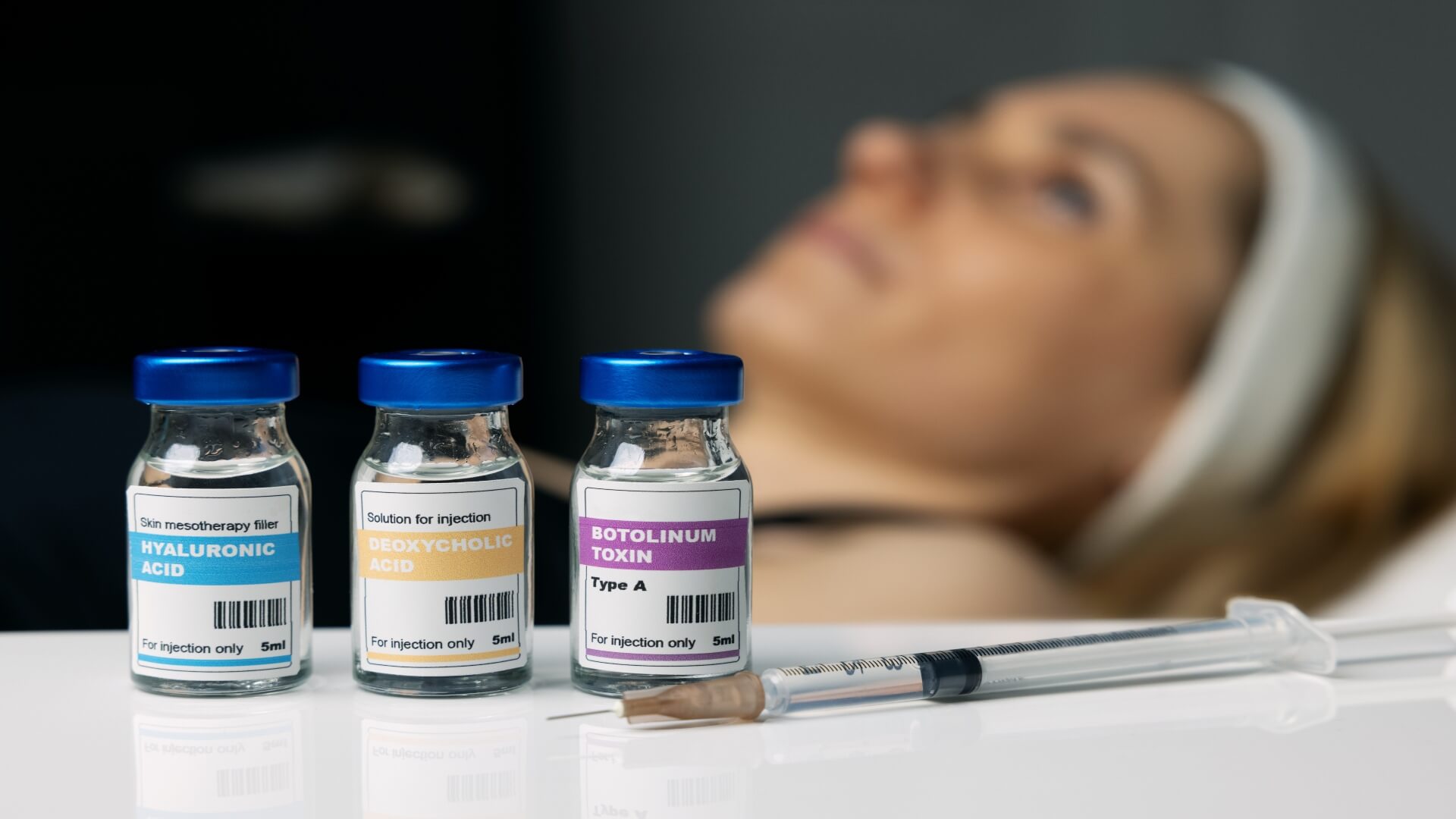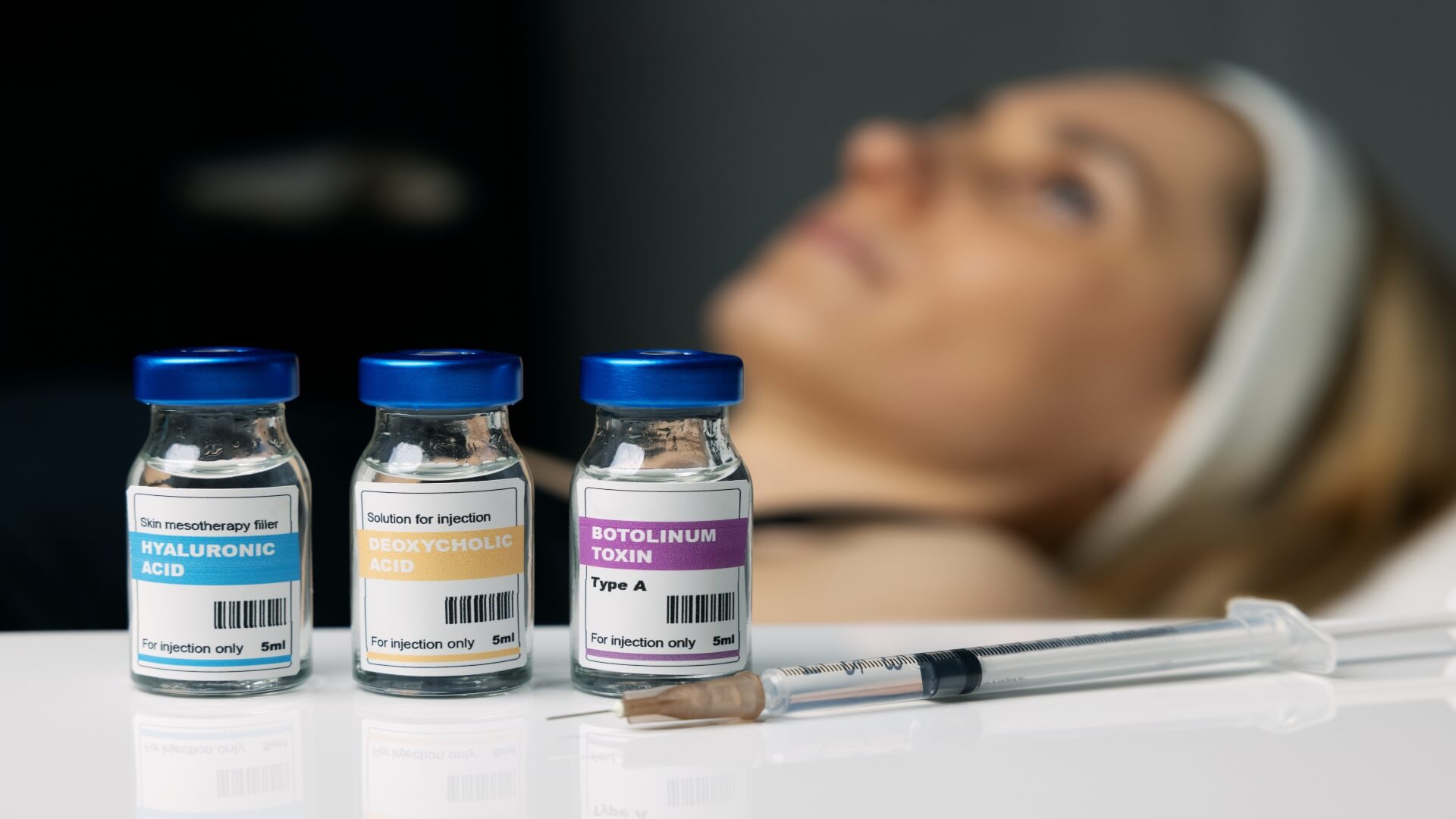Botox is a drug derived from the bacterium clostridium botulinum that relaxes muscles and reduces fine lines and wrinkles. It’s used by many for cosmetic purposes to achieve a youthful look, and its effects last for a few months at a time. While it’s easy to assume that Botox is solely a cosmetic treatment option, that’s not the case. You might be surprised to learn that it’s also used for many other conditions and reasons.
Dentistry
Botox in dentistry might seem unusual given the many different treatment options that exist for various conditions, but it’s useful for a number of issues. Some dentists recommend Botox to treat high lip lines and to help people adjust to new dentures. It also proves helpful for temporomandibular joint problems, grinding teeth, and reshaping your smile. Rather than spending tens of thousands of dollars on solutions for these problems, you can receive regular Botox sessions at under $500 each. For many people, it’s a practical solution.
Hyperhidrosis
Hyperhidrosis, also known as severe underarm sweating, affects upwards of 15 million people in the United States. It’s characterized by sweating in excess of what is required to maintain the human body’s normal body temperature and can severely affect sufferers’ quality of life.
Botox is FDA approved for hyperhidrosis and works by blocking nerve signals responsible for sweating, preventing them from producing as much sweat and effectively stopping the condition from being a problem for the sufferer. It takes just two to four days for Botox to take effect, and most patients only need to receive retreatment every four to six months.
Blepharospasm
Blepharospasm describes uncontrolled eyelid twitching or blinking. In many people, this condition starts with small, infrequent eye twitches, but it can become more severe and frequent with time. Some people find that it affects everyday tasks like driving and reading. While there is no cure for blepharospasm, Botox injections into the eyelid muscles are one of the most preferred treatment options. These injections block the nerves that typically tell the muscles to contract.
Strabismus
Strabismus describes eyes that don’t align properly. The muscles controlling eyelids and eye movement don’t work together, which means both eyes can’t look at the same spot simultaneously. Many people are born with strabismus, while others experience it through a brain injury or disorder. There isn’t a cure for strabismus, but many people rely on Botox to provide temporary correction.
Doctors inject Botox into the muscle on the eyes’ surface, temporarily weakening it and helping align the eyes. Botox is typically a suitable solution when no underlying cause of strabismus can be identified.
Migraines
Migraines can be debilitating and affect more than 10% of the world’s population. While many people put up with migraines, several different treatment options exist to provide temporary relief, and Botox is one of them.
Botox is FDA-approved for people aged 18 and older who experience at least 15 or more days with a migraine each month. Many doctors believe Botox is effective for migraines because it stops pain signal-carrying neurotransmitters from reaching the nerve endings in the head and neck. While it’s not a permanent fix, it can be a long-term treatment option, with many migraine sufferers seeing improvements within two to three weeks of their first injections.
Cervical Dystonia
Cervical dystonia, also known as spasmodic torticollis, is a condition affecting thousands of people worldwide that causes involuntary neck muscle contraction. These contractions cause your head to twist or turn to one side. The cause of this painful condition is unknown, but researchers have discovered that some sufferers have a family history, and gene mutations have been associated with it. Unfortunately, there is no cure, but many people living with cervical dystonia experience relief with Botox.
Botox stops nerves from releasing acetylcholine, an organic chemical that functions as a neurotransmitter. Without this chemical, nerves cannot tell the muscles to spasm or contract. Botox isn’t a permanent solution, but people with this condition can receive ongoing injections to keep it at bay.
Botox might be a cosmetic procedure that helps people look and feel at its best, but it also proves valuable in the medical field. Dentistry, migraines, cervical dystonia, and hyperhidrosis are just a few of the many conditions people can experience relief from with FDA-approved BotoDe




















